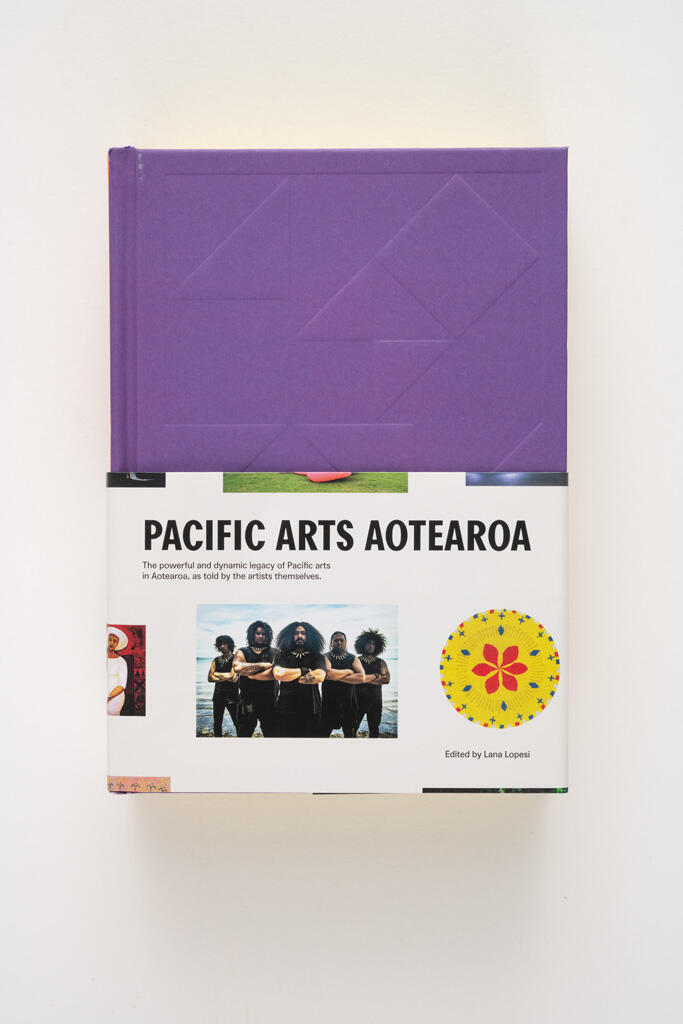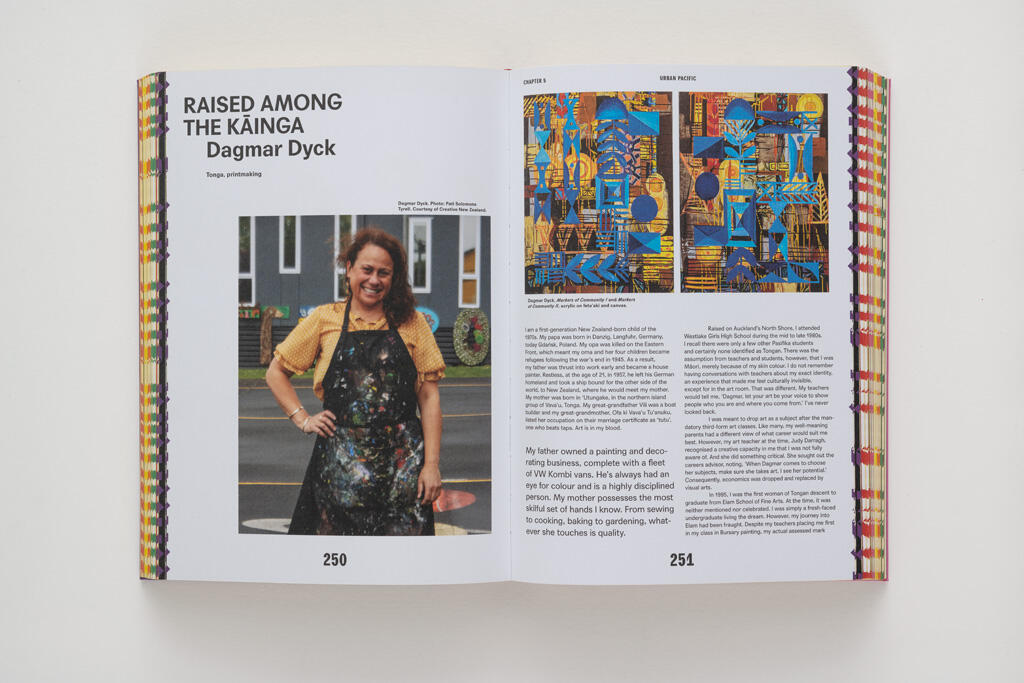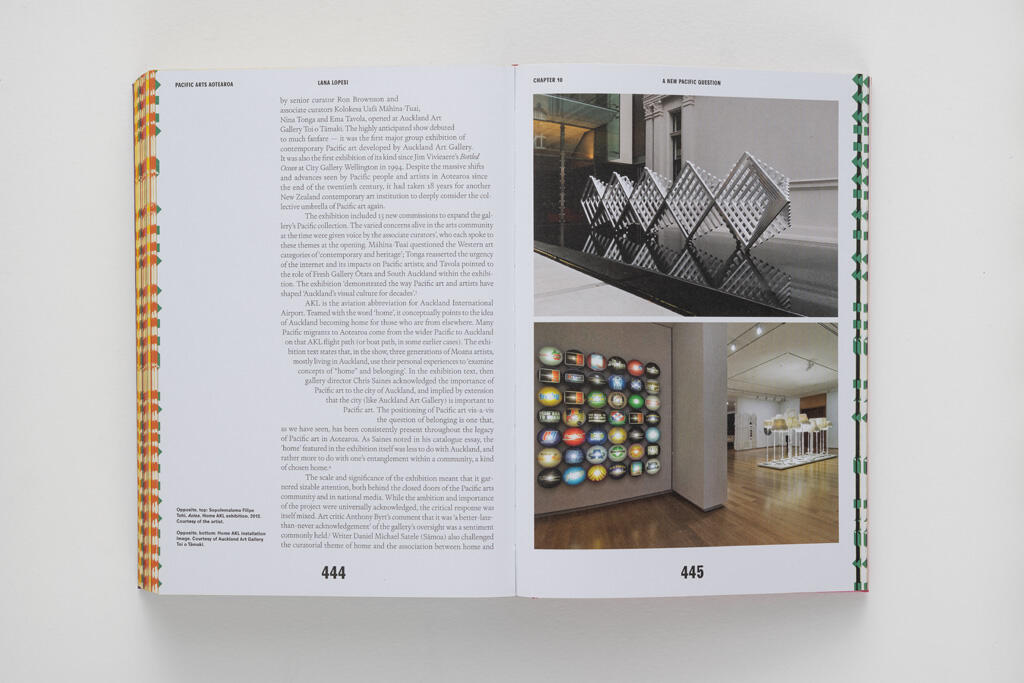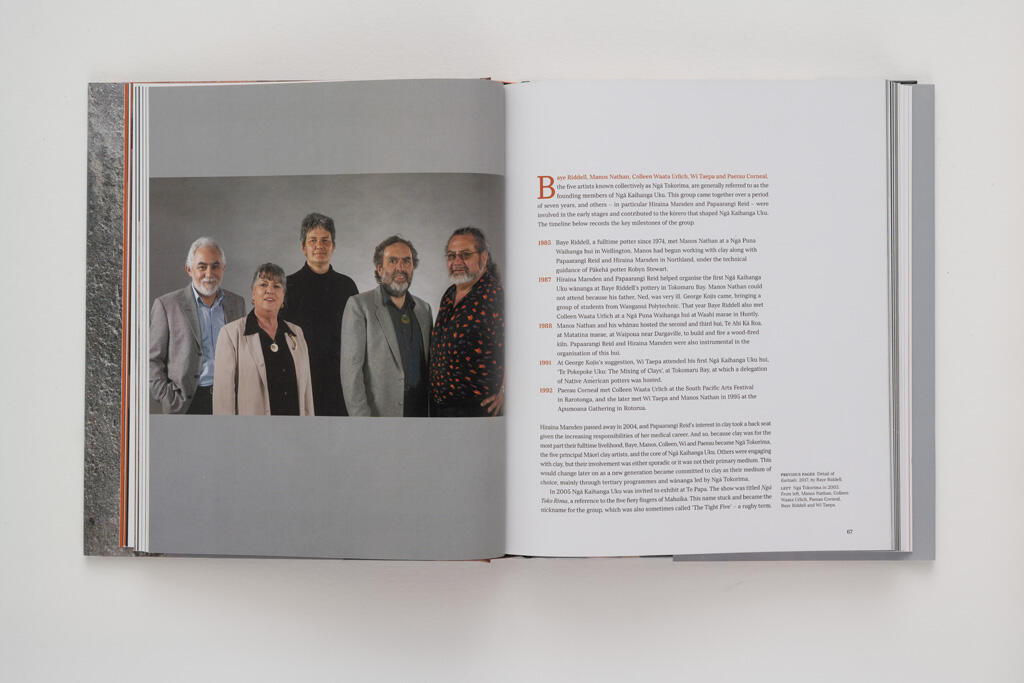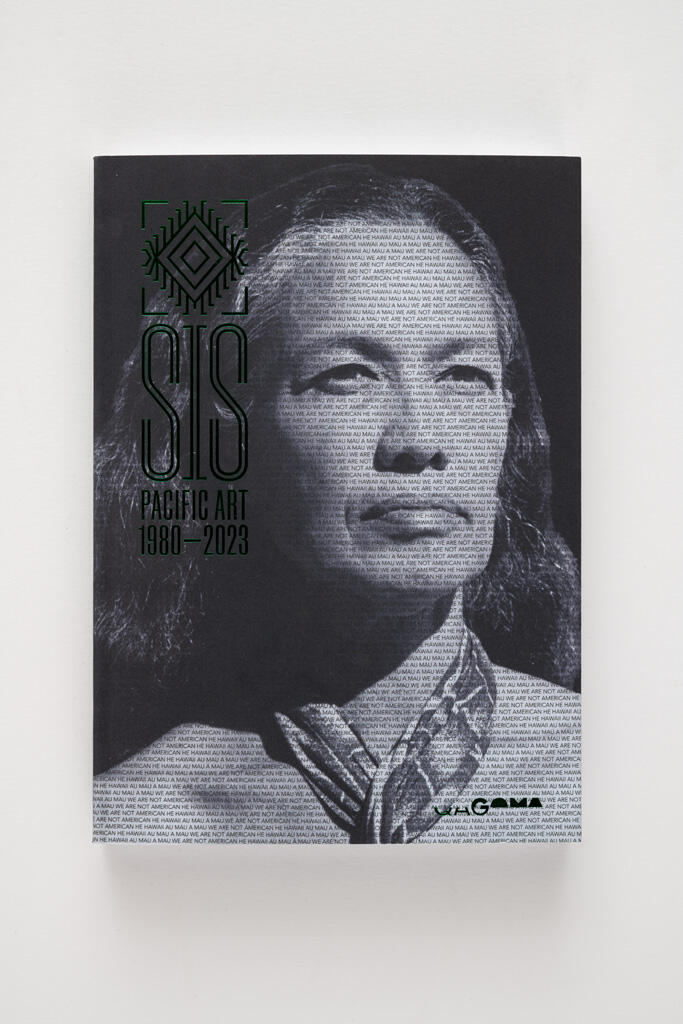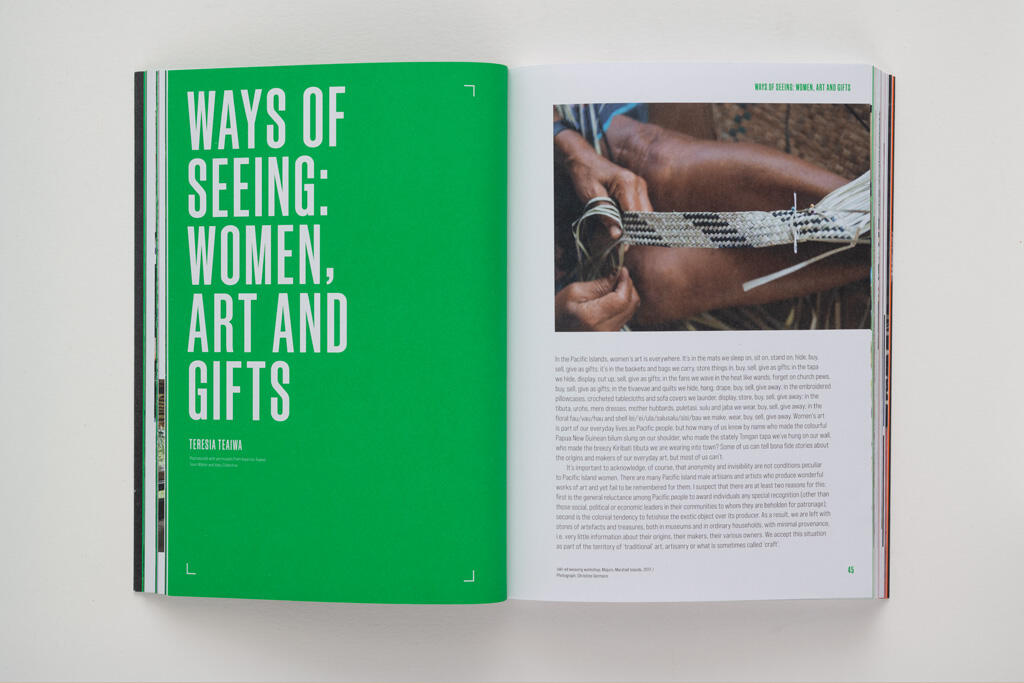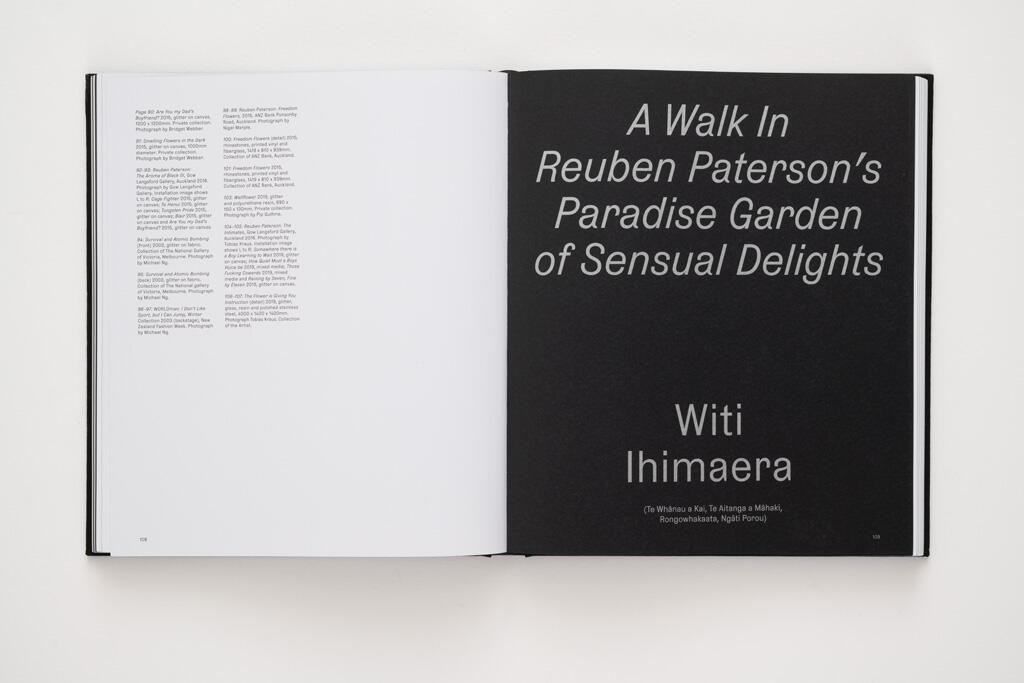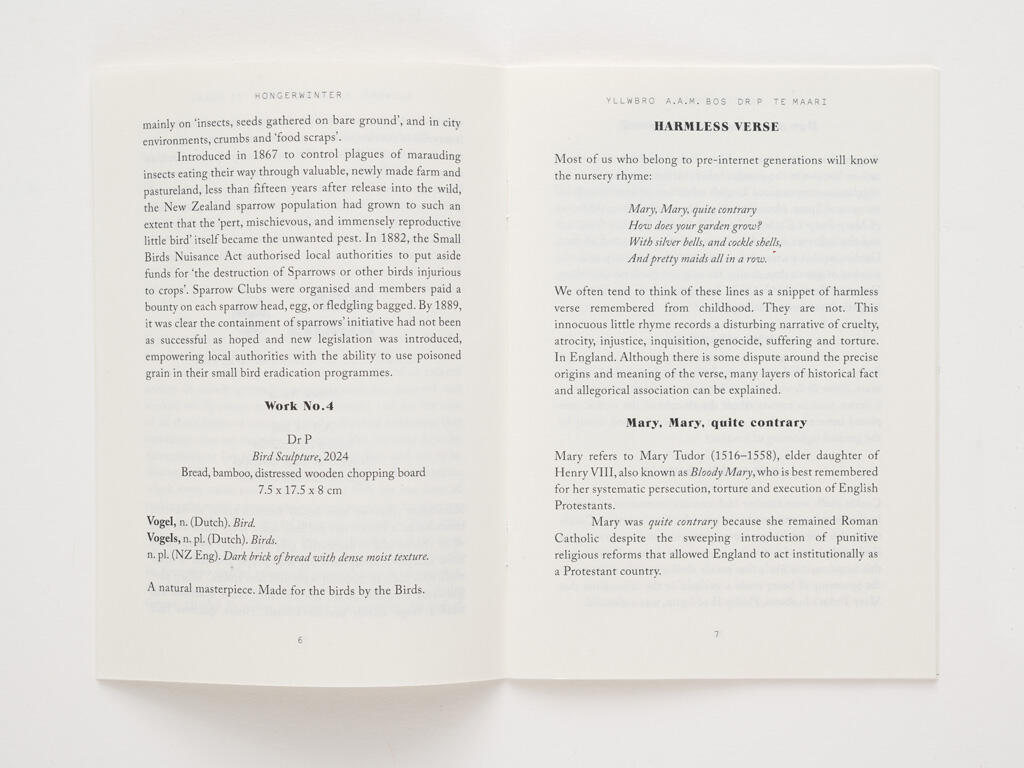Hongerwinter (2024), Envy + Mokopōpaki
Hongerwinter is a stapled, A5-sized publication accompanying the exhibition at Envy gallery, Wellington. Organised by Mokopōpaki, the exhibition featured sculptural work by Yllwbro, A.A.M. Bos, Dr P and Te Maari.
Since 2017, the Auckland-based Mokopōpaki has variously operated as a dealer gallery, exhibition committee and publisher: ‘We are a critical collective or whānau who want to make “art for people” accessible. We apply Māori approaches to exhibition-making and the production of artwork. We work together to encourage and support emergent and established artists from across the generations.’
Their exhibition catalogues are often self-published and limited-edition booklets in various formats which elucidate and expand on the practices of represented artists.
Hongerwinter is presented in a plastic slip that has been screen-printed to look like a Vogel’s mixed grain bag, with Dr P’s Very Thin Vogels, 2024 seemingly stamped on top.
The introductory text expresses artist A.A.M. Bos’s appreciation for sparrows – their ubiquity and tenacity, and as a symbol of peace and plenty for the artist’s mother who lived through devastation and famine during World War II in the Netherlands. The nursery rhyme ‘Mary, Mary Quite Contrary’ is broken down line by line as an apparently innocuous verse containing layers of disturbing historical fact and imagery relating to Mary Tudor (1516–1558). Yllwbro authors a conversation between siblings Kōkako and Miss Wētā, observing the dust-bathing habits of the migrant sparrows.
Reading this little publication is like being thrown from a garden into the bush then back onto the lawn, with a dizzying array of references seamlessly woven through its otherwise modest pages.
